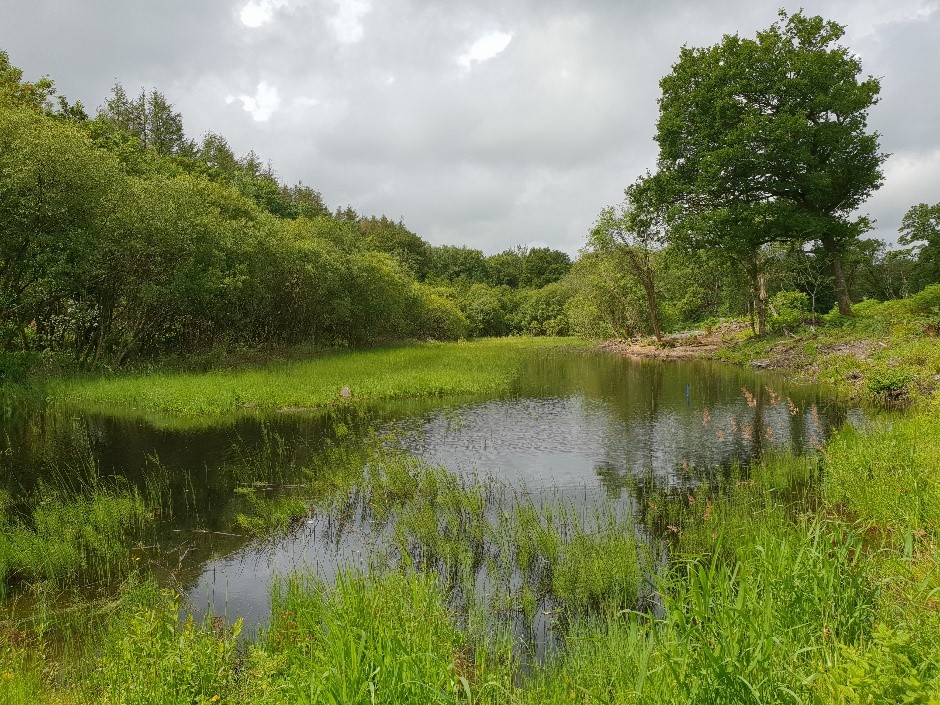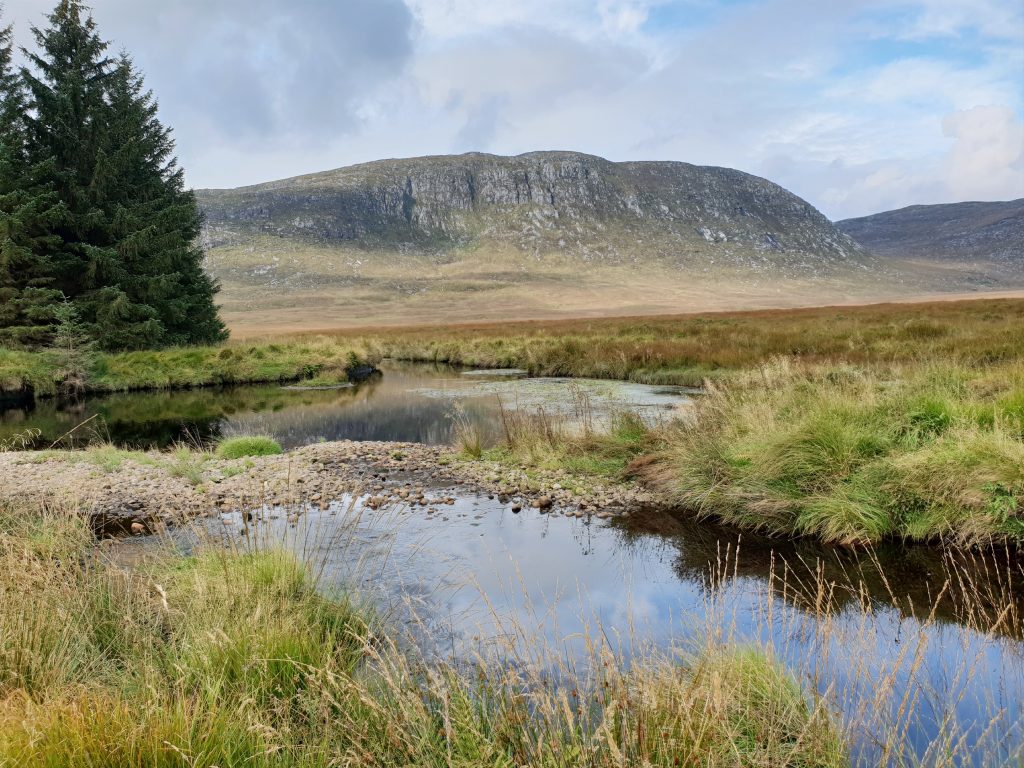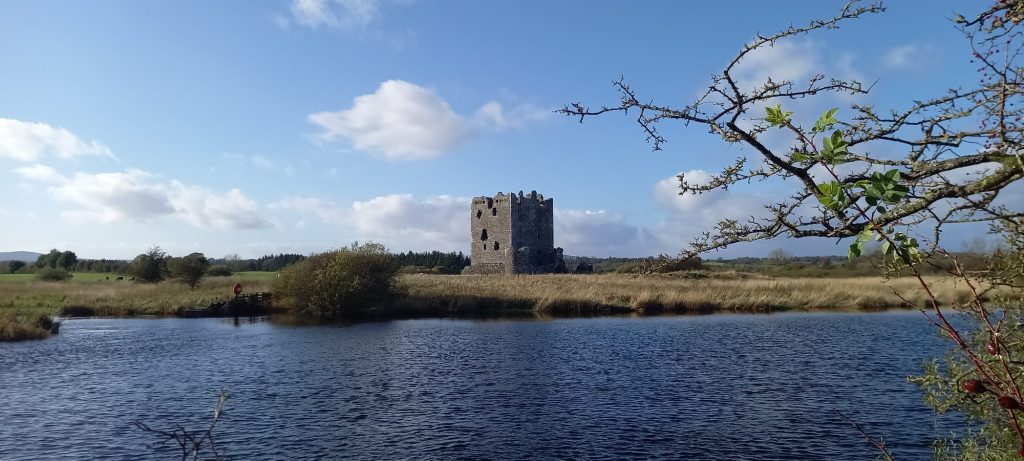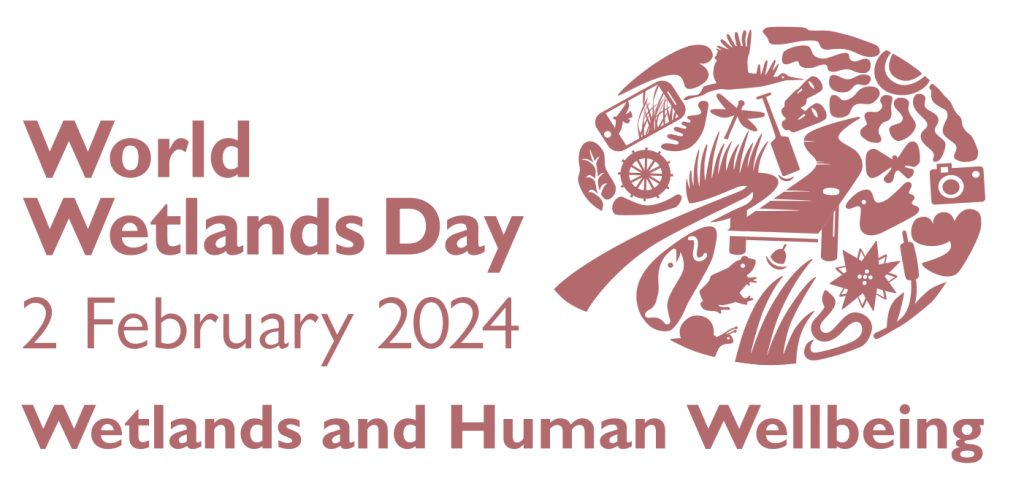World Wetlands Day – 2nd February 2024

February 2nd marks World Wetlands Day, a UN awareness day recognised worldwide that aims to raise understanding of our important wetland habitats and how we can care for, nurture and support them. ‘Wetland’ is a broad term for areas flooded with water, either permanently or for defined periods. Inland wetlands are marshes, lochs, lakes, rivers, floodplains, peatlands and swamps, and coastal wetlands are saltwater marshes, estuaries, mangroves, lagoons and coral reefs. Wetlands are being lost at a rate three times faster than forests, yet they are critically important ecosystems that contribute to biodiversity, climate mitigation and adaptation, freshwater availability, world economies and more. To celebrate and highlight the importance of this awareness day, we’re spotlighting some of the incredible wetland habitats we’re lucky enough to have in our UNESCO Biosphere, as well as the fantastic flora and fauna that call them home.
 Being one of the most remote locations within the Biosphere, as well as one of our core areas, Silver Flowe (pictured left) is a blanket bog formed of deep peat soils and bog pools. Silver Flowe is the most important, varied, and least disturbed system of patterned blanket bog in Britain, and an essential part of our UNESCO Biosphere designation, which developed from the recognition of Silver Flowe as a RAMSAR site (wetland of international importance) and SSSI back in 1981. It is also home to the greater sundew, a carnivorous plant found around the bog pools, and the icon used on our logo! The remote and untouched nature of the site means it forms the ideal habitat for wading birds to shelter, for peregrines and eagles to hunt and for insects and invertebrates to thrive. Due to the unique, undisturbed nature of the site, as well as the challenging landscape, we would advise against visiting Silver Flowe unless in the company of an experienced guide. You can read about a visit we made back in 2022 here.
Being one of the most remote locations within the Biosphere, as well as one of our core areas, Silver Flowe (pictured left) is a blanket bog formed of deep peat soils and bog pools. Silver Flowe is the most important, varied, and least disturbed system of patterned blanket bog in Britain, and an essential part of our UNESCO Biosphere designation, which developed from the recognition of Silver Flowe as a RAMSAR site (wetland of international importance) and SSSI back in 1981. It is also home to the greater sundew, a carnivorous plant found around the bog pools, and the icon used on our logo! The remote and untouched nature of the site means it forms the ideal habitat for wading birds to shelter, for peregrines and eagles to hunt and for insects and invertebrates to thrive. Due to the unique, undisturbed nature of the site, as well as the challenging landscape, we would advise against visiting Silver Flowe unless in the company of an experienced guide. You can read about a visit we made back in 2022 here.
A more accessible way to experience wetlands within the Biosphere is by visiting some of the sites operated by conservation charities like the RSPB, National Trust for Scotland and the Scottish Wildlife Trust (SWT). One example is Crook of Baldoon, a nature reserve just outside of Wigtown managed by the RSPB. With wild saltmarshes and mudflats that are ideal for waterfowl, this is a great place to see pink-footed and barnacle geese, in addition to shelducks, whooper and mute swans. These birds overwinter at this site, and many more across the Biosphere, and this is the ideal time of year to see them. NTS Threave Reserve (pictured below) is another important home for geese, including the Greenland white-fronted, but is also an important site for ospreys, which you’ll see in the summer months. Just beyond the boat jetty for Threave Castle, they have an osprey viewing platform, open between March and September, allowing you to find out more about these special birds. Another great wetland habitat to visit during the summer months is Knockshinnoch Lagoons, just outside New Cumnock. This former mining site, managed by the SWT, is home to a wide array of animals and insects, from water voles and kingfishers to the common blue butterfly and large red damselfly. These reserves are all accessible to the public and provide a great chance to get up close to wetland habitats and spot some of these fantastic animals.

It’s not just animals, insects and amphibians that are found in our wetlands. These habitats are also very important for a wide variety of flora. During the summer months, you’ll likely spot wildflowers growing on the floodplains and marshland. Some species you’ll likely see within the Biosphere include the marsh orchid, cuckoo flower, ragged robin, lesser spearwort, marsh violet, eyebright and devils-bit scabious. Wildflowers are crucial to eco-systems, but 53% of our native plants have declined in Britain due to human impacts, with non-native plants now outnumbering native plants in the wild. These wetland habitats provide a haven for these plants and illustrate the need to protect our wetland habitats for generations to come.
If you get the chance to go out and explore a wetland habitat this World Wetland Day, be sure to let us know of any special plants or animals you spot. For any landowners interested in exploring ways to support wetland habitats, the GSA Biosphere has a specialist Land Use & Biodiversity team who can advise on sustainability in land management and related issues. If you have a project or initiative you’d like to discuss, or are interested in arranging an in-person visit, please send an email to info@gsabiosphere.org.uk and we’ll be in touch as soon as we can.

